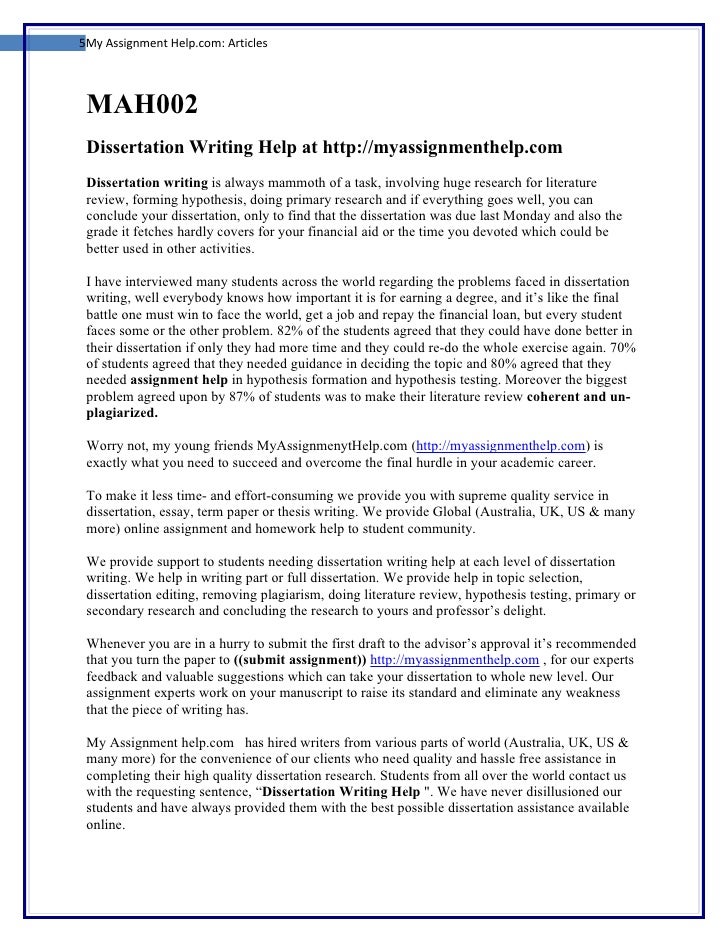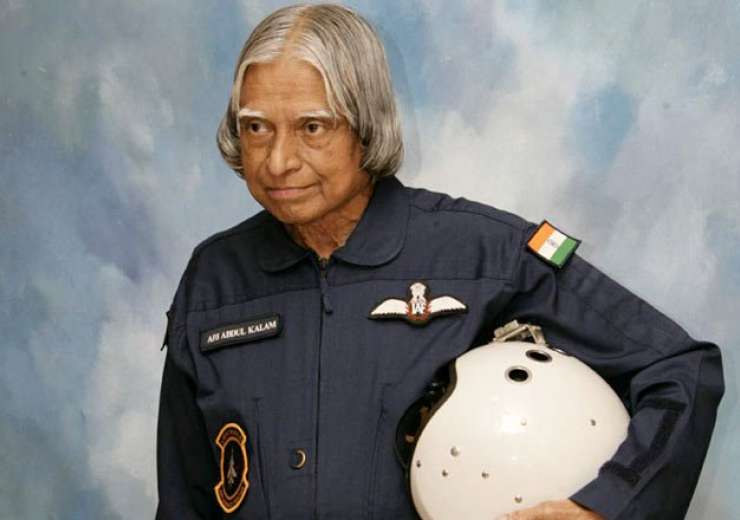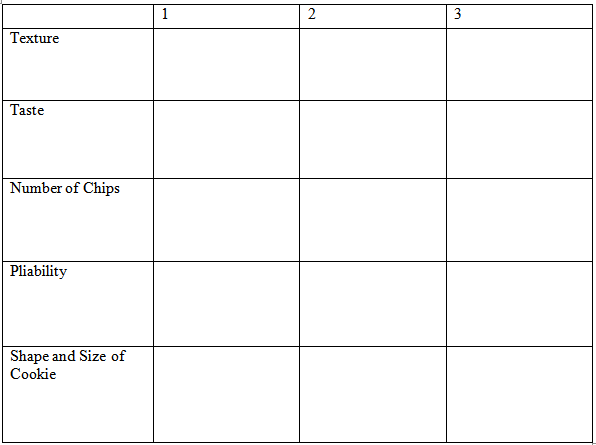Creating DLL file in VB.net - CodeProject.
Once you have the handle to the DLL, you now can retrieve the functions from the DLL. To do that, you must use the GetProcAddress() function, which takes in as parameters the handle to the DLL (you can use the HINSTANCE) and the name of the function.
Create the Class Module Menu, Screen then create the Function Sub RemoveMenuItem on class module Menu. Or better yet just do it with your Standard VB Programming. Dont do the ActiveX dll file any more.
Once you have your application working, you can copy the code to a user control class and build the user control as a DLL file. These basic steps are the same in all versions since the underlying technology is the same, but the exact procedure is a little different between VB.NET versions.
This is slower than running an ActiveX DLL's method inside the main program's address space. Because of the difference in speed, an ActiveX DLL is almost always preferable. The reason ActiveX EXEs are useful is they can run on a different computer than the main program while an ActiveX DLL must run on the same computer as the main program.
I need to create a DLL library including functions that can be called by different applications. I already tested the functions in a separate VB6 execuatble application and they works OK. I also try to create a DLL folowing some advises posted in the web but no one works to me. Some idea, advise?
With the VB Debug DLL loaded into ArcMap, any method calls that come into the DLL are forwarded to Visual Basic, where the code to be debugged is executed. The two problems with this are caused by the changes made to the registry and the cross-process space method calling.
Find answers to Writing DLL using VB 5.0 from the expert community at Experts Exchange.









